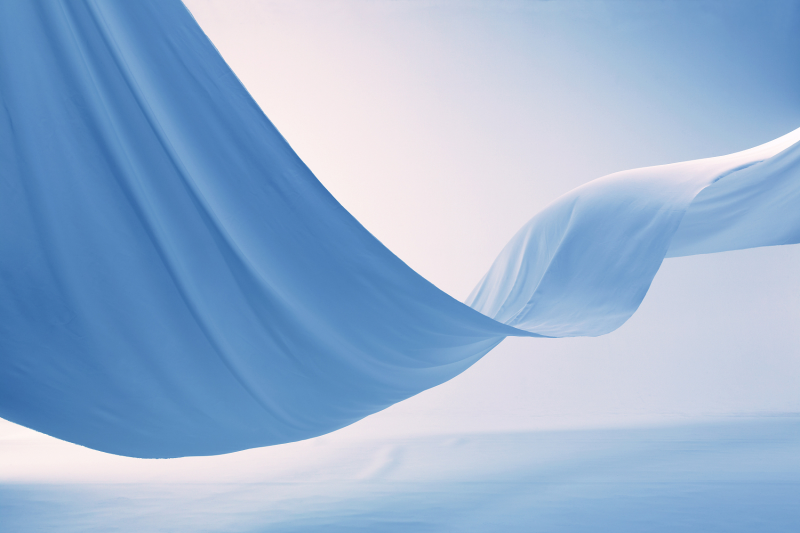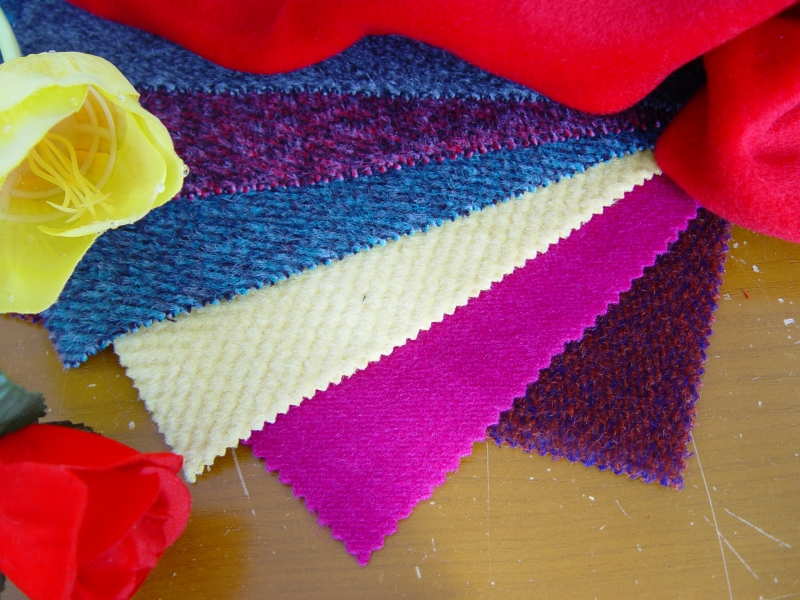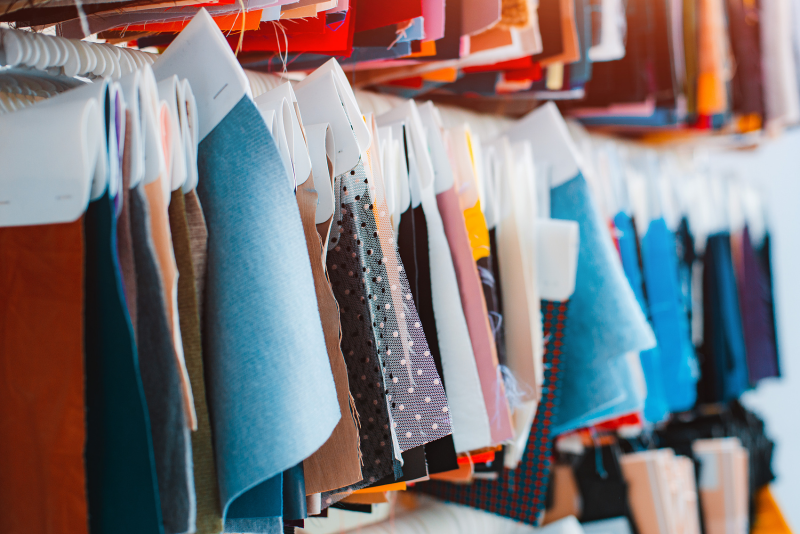Textile fabric as the bearer of fashion trends, its unique product characteristics make people fascinated. The ever-changing fiber raw materials give the fabric a variety of charm, cotton soft, hemp comfortable, wool warm, silk delicate, and the rich performance of chemical fiber makes the fabric more colorful. The clever combination of fabric fabric presents a variety of looks and functions, such as the tightness and wear resistance of plain fabric, the soft thickness of twill fabric, the smooth luster of satin fabric, and the unique texture of jacquard fabric.
Fabric density affects the performance of fabrics to varying degrees, including wear resistance, air permeability and heat retention, and these properties will directly affect the comfort and durability of clothing. Dyeing and printing processes make the fabric colorful and rich texture, and the finishing process brings more functions to the fabric, such as calender, soft, grinding, singeing, ironing, waterproof, anti-static, anti-bacteria, anti-wrinkle and so on.
Environmental performance is also the focus of textile fabrics, including the use of environmentally friendly dyes and auxiliaries in the dyeing and printing process, as well as the environmental impact of the production process. These characteristics make textile fabrics unique in terms of fashion, comfort and sustainability, and have become synonymous with popular fashion.
It is precisely because of the uniqueness of textile fabrics that it has become an indispensable part of fashion trends. Under the clever combination of various fiber raw materials and fabric organization, textile fabrics show a variety of appearance and function, such as soft color and texture, bright texture and luster, comfortable wearing sense. At the same time, the application of various processes and technologies, such as dyeing and printing, finishing, etc., makes textile fabrics have rich colors and textures, and improves their beauty and practicality.
Environmental performance is also the focus of textile fabrics, and the choice of environmentally friendly fabrics has become a consensus of more and more people. The use of environmentally friendly dyes and auxiliaries in the dyeing and printing process of textile fabrics, as well as the impact on the environment in the production process, are important considerations for consumers when choosing fabrics. This focus on environmental protection makes textile fabrics pay more attention to sustainable development while pursuing fashion and comfort.
With the continuous progress of science and technology, the development of textile fabrics is also expanding. New fiber materials, smart textiles, biodegradable fabrics and other new fabrics continue to emerge, bringing more possibilities to textile fabrics. These new fabrics are not only more superior in performance, but also have higher sustainability and environmental protection, opening a new chapter for the development of textile fabrics.
To sum up, textile fabric as the bearer of fashion trends, its unique product characteristics make it a synonym for popular fashion. In the future, textile fabrics will continue to uphold the concept of innovation, constantly break through the tradition, and develop in the direction of more environmental protection, technology and fashion. Through the use of innovative technologies such as new fiber materials, smart textiles and biodegradable fabrics, textile fabrics will achieve a qualitative leap in comfort, functionality and environmental performance, bringing consumers a richer choice. At the same time, the use of environmentally friendly dyes and auxiliaries in the dyeing and printing process of textile fabrics, as well as the impact on the environment in the production process, will also receive more attention to help the textile industry achieve sustainable development. In the future fashion trend, textile fabrics will continue to show their unique charm and become the perfect combination of trend and environmental protection.
Post time: Jul-21-2023




